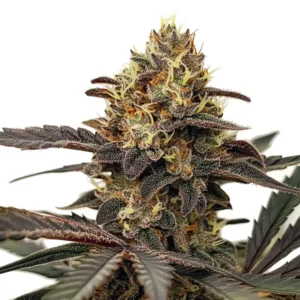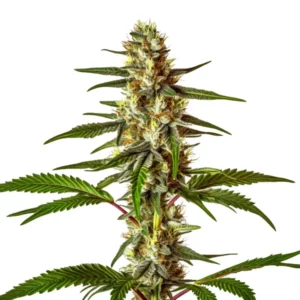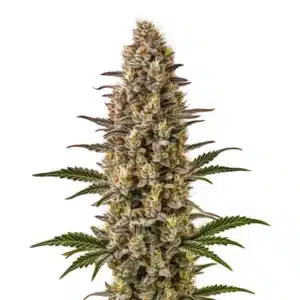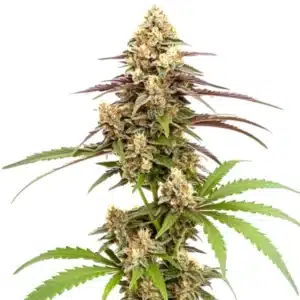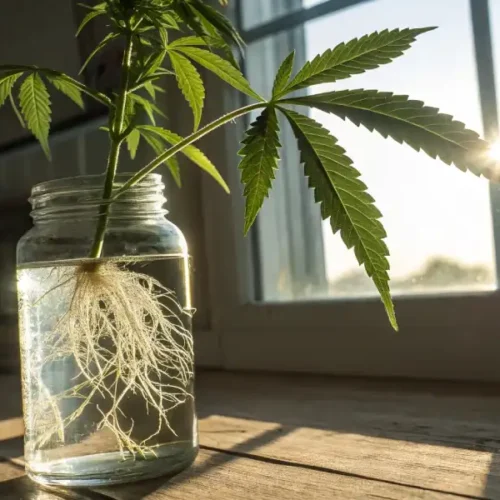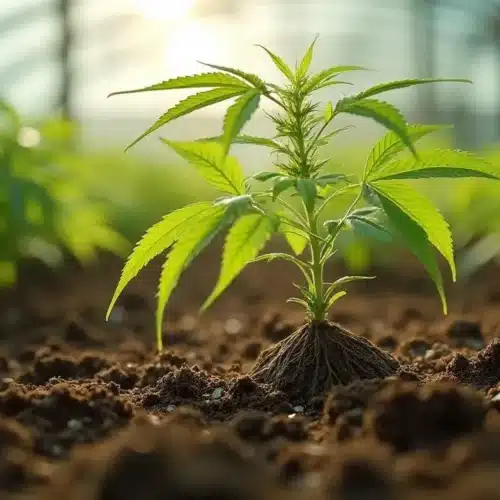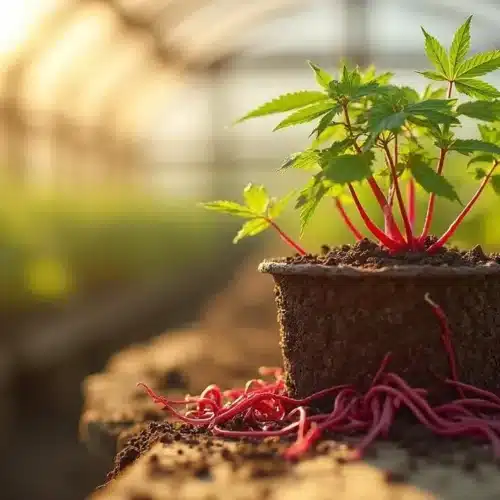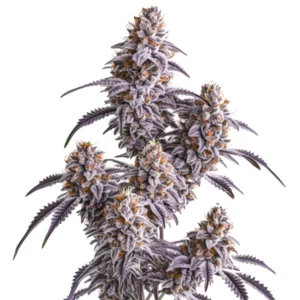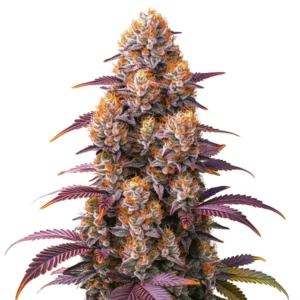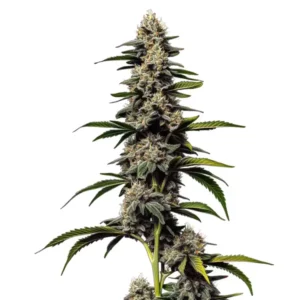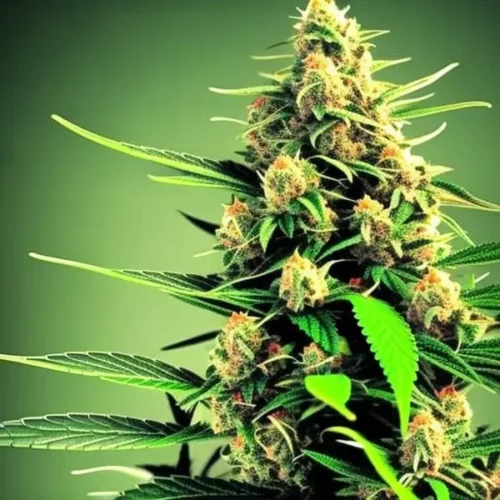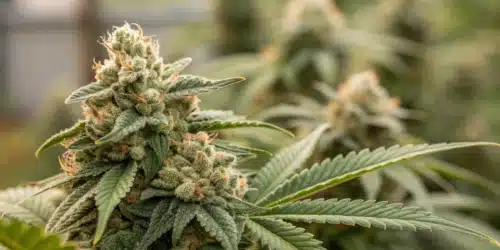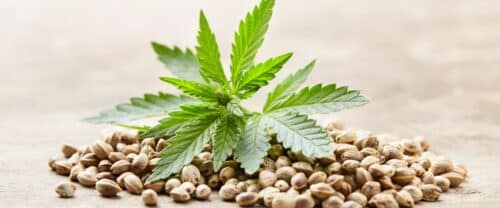Marijuana, a plant that requires specific nutrients to thrive and produce quality buds, benefits greatly from the use of cannabis organic nutrients. Using organic fertilizers ensures that the nutrients are natural and environmentally friendly. In this article, we explain why you should choose these types of marijuana fertilizers and highlight some of the best organic nutrients for growing marijuana. If you’re interested in making your own fertilizers, check out our grow shop blog article on homemade fertilizers for marijuana. In this post, we focus on the top organic options available.
Plant Nutrients and Fertilizers
Fertilizers are essential for providing cannabis plants with the nutrients they need to thrive. These nutrients support critical functions like photosynthesis, cell division, and the production of flowers and fruits. Using the right cannabis organic nutrients in the correct amounts can promote vigorous growth and help your plants reach their full potential.
Accessing a comprehensive range of nutrients for your cannabis plants comes down to using high-quality living soil. Starting with soil rich in compost and organic matter almost always ensures an ample supply of essential minerals and elements.
Cannabis plants depend on the life cycle of a thriving soil food web to access nutrients. Roots cannot directly extract minerals from organic matter but can orchestrate the rhizosphere using root exudates.
As an organic grower, it’s crucial to ensure your soil is well-supplied with nutrient-rich organic matter, such as compost, compost teas, and worm castings. Providing these resources allows your plants to engage the soil food web and access the necessary nutrients.
Mycorrhizal fungi are vital allies in the rhizosphere, forming bonds with plant roots. These fungi consume plant exudates and, in return, digest organic matter and transfer specific nutrients to the plants.
A variety of other soil microbes also participate in this synergistic process. By keeping them well-fed with organic matter, you create a continuous cycle of nutrients in your soil.

Promos & Deals
List of All 17 Essential Nutrients
Cannabis plants require 17 essential elements, divided into macro, secondary macro, and micronutrients:
- Carbon (C) – Not classified
- Hydrogen (H) – Not classified
- Oxygen (O) – Not classified
- Nitrogen (N) – Macro
- Phosphorus (P) – Macro
- Potassium (K) – Macro
- Sulfur (S) – Secondary Macro
- Magnesium (Mg) – Secondary Macro
- Calcium (Ca) – Secondary Macro
- Iron (Fe) – Micro
- Manganese (Mn) – Micro
- Zinc (Zn) – Micro
- Copper (Cu) – Micro
- Boron (B) – Micro
- Molybdenum (Mo) – Micro
- Chlorine (Cl) – Micro
- Nickel (Ni) – Micro
Carbon, hydrogen, and oxygen are readily available from air and water. The other nutrients must be supplied through the growing medium or nutrient solutions.
The Difference Between Macro, Secondary-macro, and Micronutrients
Macronutrients are needed in large amounts and include nitrogen (N), phosphorus (P), and potassium (K), often represented as NPK ratios on nutrient packaging (e.g., 3-1-2, 1-4-3).
Secondary macronutrients, such as calcium (Ca), magnesium (Mg), and sulfur (S), are required in substantial amounts but less than primary macronutrients.
Micronutrients, or trace nutrients, are needed in much smaller quantities but are still crucial for plant health. These include iron (Fe), manganese (Mn), zinc (Zn), copper (Cu), boron (B), molybdenum (Mo), chlorine (Cl), and nickel (Ni).
Amino acids, the building blocks of proteins, are vital for cannabis plant growth and health. They enhance nutrient absorption, stress resistance, and other essential functions. Many nutrient brands offer amino acid supplements to support these needs.
Organic Fertilizers for Cannabis Nutrients
Organic fertilizers consist of natural materials rich in cannabis nutrients, containing elements and minerals within their structure. Common examples include compost, seaweed, worm castings, and bone meal. These fertilizers nourish bacteria and fungi, which gradually break them down, enabling plants to absorb the nutrients.
However, growers can create concentrated preparations to expedite nutrient absorption. These preparations include compost tea, worm juice, and fermented plant formulas.
Pros:
- Mimic the natural breakdown of organic matter
- Nourish soil life
- Free from harmful chemicals and completely safe
- Concentrated preparations enable faster nutrient absorption
Cons:
- Compost piles can take a year or more to mature
- Contain various nutrients, making it challenging to increase specific minerals or elements
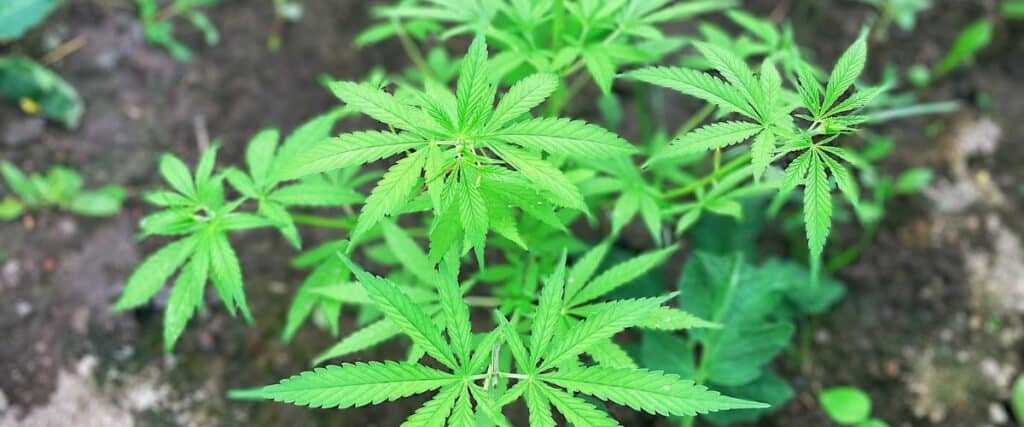
Ph in Organic Cannabis Cultivation
In organic cannabis cultivation, growers typically don’t need to focus heavily on pH levels, but problems can still arise. Every soil type has a specific pH value, which you might remember from school: 0–6 indicates acidity, 7 is neutral, and 8–14 indicates alkalinity.
Why does pH matter for cannabis growers?
Cannabis plants flourish in slightly acidic soil, ideally between 6–7. If the soil’s pH drifts too far into the acidic or alkaline range, the roots can’t absorb nutrients effectively, leading to nutrient lockout. This results in nutritional deficiencies, which can harm plant health and reduce yields. To monitor this, growers can use a simple pH tester to check soil samples.
Traditionally, synthetic pH “up” and “down” products were used to correct pH imbalances. However, there are organic alternatives to adjust soil pH:
For acidic soil:
- Baking soda
For alkaline soil:
- Lemon
- Vinegar
These organic methods help maintain the optimal pH balance for healthy cannabis growth and nutrient uptake.
Ideal NPK Ratio for Cannabis Plants Using Organic Nutrients
The NPK ratio for cannabis plants varies according to their growth stage. Cannabis requires distinct nutrient ratios during the vegetative and flowering phases to thrive.
Vegetative Stage: In this stage, cannabis plants need higher Nitrogen levels to promote leaf growth. A recommended NPK ratio is approximately 3-1-2, which represents 3 parts Nitrogen, 1 part Phosphorus, and 2 parts Potassium.
Flowering Stage: During the flowering stage, cannabis plants require more Phosphorus and Potassium to support bud development, while the need for Nitrogen decreases. An ideal NPK ratio for this phase is 1-3-2, meaning 1 part Nitrogen, 3 parts Phosphorus, and 2 parts Potassium.
Both macro and micronutrients are crucial for various plant functions. An imbalance or deficiency in any of these nutrients can adversely affect plant growth and yield.
Pro Tip: Mixing Organic Nutrients for Cannabis
To mix two organic fertilizers and determine the new nutrient amounts (N, P, and K) in the final blend, follow these simple steps:
- Multiply the nutrient amounts in the first fertilizer by its volume.
- Repeat for the second fertilizer.
- Add the results for each nutrient from both fertilizers.
- Divide each total by the combined volume of both fertilizers.
This process will give you the new NPK values for the final mix, similar to blending two paint colors to create a new shade.
Example: Mixing 1L of a 3:4:6 fertilizer with 1L of a 5:2:6 fertilizer:
- First fertilizer (3:4:6) by 1L:
N1 = 3 * 1 = 3
P1 = 4 * 1 = 4
K1 = 6 * 1 = 6 - Second fertilizer (5:2:6) by 1L:
N2 = 5 * 1 = 5
P2 = 2 * 1 = 2
K2 = 6 * 1 = 6 - Add the results:
N_total = 3 + 5 = 8
P_total = 4 + 2 = 6
K_total = 6 + 6 = 12 - Divide by the combined volume (2L):
N_final = 8 / 2 = 4
P_final = 6 / 2 = 3
K_final = 12 / 2 = 6
Therefore, mixing 1L of a 3:4:6 fertilizer with 1L of a 5:2:6 fertilizer results in 2L of a 4:3:6 fertilizer blend.

Organic Nutrient Solution for Cannabis
Bat Guano
Did you know that bat guano, the excrement of bats, is an excellent organic nutrient for cannabis cultivation? Bat guano is packed with essential nutrients, especially rich in nitrogen with an NPK ratio around 10-3-1. Extracted from nitrogen-rich ammonia, major sources of bat guano include the eastern Pacific coasts, South America, Indonesia, and Madagascar.
Bat guano is widely used by both outdoor and indoor cannabis growers to promote rapid green growth, strong roots and stems, and support during the flowering phase. It also enhances soil texture as a conditioner and serves as a fungicide when applied to leaves. Additionally, bat guano acts as a compost activator, speeding up organic matter decomposition, balancing soil pH, and removing toxins. Experienced growers appreciate it for improving the taste of cannabis buds.
Worm Castings
Worm castings, or worm poop, are rich in nutrients beneficial for cannabis. These castings introduce microorganisms into the soil and are often added to compost tea for the best results. Direct application is not recommended as it can affect the taste of the cannabis.
Human Urine
Diluted human urine (1 part urine to 10 parts water) is a good nitrogen source for cannabis, with an NPK ratio of around 11-1-2. It is particularly beneficial for strains like Durban Poison. Ensure the urine is free from medications or infections before use.
Chicken Manure
Chicken manure is rich in nitrogen, potassium, and phosphorus, making it a valuable fertilizer. Proper composting is necessary to break down potent nutrients and prevent plant damage.
Bone and Fish Meals
Fish bones and inedible parts can be ground into a fine powder to create a nutrient-rich fish meal, which can be enhanced with fish emulsion or oil. Blood, bone, and soy meals are also viable options.
Wood Ashes
Wood ash from hardwoods like oak and maple can increase potassium and lime levels in soil. It can deter pests like slugs and snails but should be kept dry to avoid soil contamination with salts.
Epsom Salts
Epsom salt, or magnesium sulfate, is a safe and effective way to boost magnesium and sulfur levels in cannabis plants.
Dolomite Limestone
Dolomite lime, also known as dolomite or dolostone, is used to correct soil acidity and provide a calcium boost. It naturally maintains soil pH at 7.
Kelp and Molasses
Kelp, sourced from coastal waters, is ideal for brewing compost tea, while molasses adds beneficial bacteria. Both are excellent organic additives for cannabis growth.
Compost Tea
Compost tea is an essential tool for organic cannabis growers, delivering a wealth of vital nutrients and beneficial microorganisms, from nematodes to bacteria. The process involves brewing high-quality compost in water.
Here’s why you should use compost tea:
- Boosts plant growth
- Introduces beneficial organisms
- Suppresses diseases
- Eliminates the need for toxic chemicals

